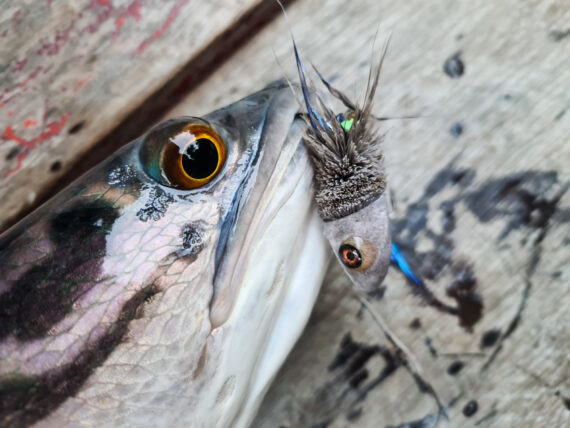Fly Casting Basics: The 5 Essentials:
Other languages Selection 我要阅读华文版 飞钓基础:五大要素: Saya nak Baca Dalam BM (Bahasa Malaysia) Asas Pancing Layang: Lima Elemen Utama: Fly Casting Basics: The 5 Essentials: Fly fishing is a unique and rewarding sport that can be enjoyed by people of all ages and skill levels. However, it can also be a bit intimidating for beginners, especially when it comes to casting the fly. That’s where the five essentials of fly casting come in. These five elements are the foundation of successful fly casting, and they can help you make the most of your time on the water. Maintain straight-line path of the rod tip (SLP) The SLP is the path that the tip of your fly rod travels when you cast. It should be a straight line from the start of the cast to the end. A straight line path will help you to generate a smooth, powerful cast that will deliver your fly to the target accurately. Correct casting arc for the amount of line used The casting arc is the shape of the path that the fly line travels through the air during a cast. The arc should be wider for longer casts and narrower for shorter casts. The correct arc will help you to load the rod properly and generate the power you need to cast the fly effectively. General thumb of rule:Short line = short arcLong line = long arc Correct power application Power application is the amount of force that you apply to the rod during the cast. Too much power can cause the fly line to form a tailing loop and tangle your leader or fly line. Too little power on the other hand can result in a weak cast that will not reach the target. Therefore the correct amount of power will vary depending on the length of the cast and the type of fly you are using. Correct timing and stroke The timing of the stroke is the speed and rhythm of your casting motion. The stroke should be smooth and controlled, with a pause at the end of each forward and backward motion. The correct timing will help you to generate a smooth, powerful cast that will deliver your fly to the target accurately. General thumb of rule: Short line = Short stroke = Short pauseLong line = Long stroke = Long pause Elimination of slack line throughout the cast Slack line is any excess line that is not being pulled by the rod tip. Slack line can cause the fly to wobble or to be cast erratically. By eliminating slack line, you will ensure that your fly is presented to the fish in a natural and effective manner. All in all, mastering these five essentials will take time and practice, but it is essential for any angler who wants to be successful at fly fishing. With patience and dedication, you can learn to cast the fly accurately and confidently, which will open up a world of possibilities for you on the water. To sum it up:Short line = short stroke = Short pause = small arc = less powerLong line = long stroke = Long pause = big arc = more power






